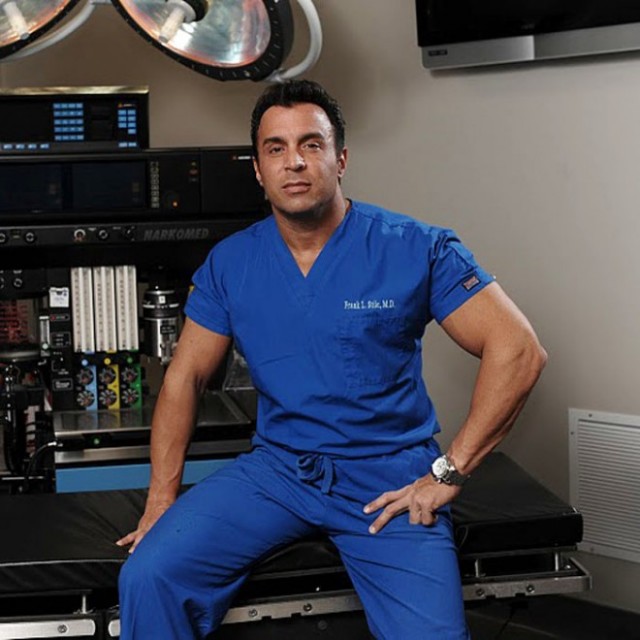Athletes in all sports are constantly seeking methods to enhance performance. Their search often takes them beyond performance-enhancing drugs such as anabolic steroids and human growth hormone. Most recently, mixed martial arts (MMA) fighters have been turning to plastic surgery for a competitive advantage. Performance enhancement via plastic surgery is informed by a detailed knowledge of the nature of cuts.
The nature of MMA leads fighters to suffer multiple facial lacerations over the course of their career. Once a fighter experiences cuts, they become increasingly more susceptible to future cuts compared to younger fighters who have never or rarely been cut before. The increased likelihood of being cut occurs for several reasons including the development of scar tissue and also improperly sutured wounds. If doctors only suture the superficial layer of the skin, then the underlying tissue does not always heal properly.
Wired magazine recently published an interesting profile of plastic surgeon Frank Stile written by Jake Rossen. Stile has pioneered a surgical procedure to enhance performance in for MMA fighters. The procedure removes scar tissue, that predisposes fighters to skin lacerations, and replaces it with tissue donated from cadavers. The procedure has often been used for cosmetic purposes, but Stiles is the first to use the procedure in MMA to enhance performance.
Prominent facial bones in the brow, nose and cheek can also leave fighters predisposed to facial lacerations. Surgical procedures can restructure the face to remove sharp edges that would increase the fighter’s likelihood of suffering potentially bout-ending cuts.
A predisposition to being cut can lead to fight stoppages that significantly hurt the fighter’s earnings and longevity in the sport. Creating a super-fighter through cosmetic surgery can clearly provide a competitive advantage.
Science fiction author Richard Matheson wrote about the creation of super-fighters in a 1956 short story:
In “Steel,” Richard Matheson’s 1956 short story, the author described a future in which fight fans cheered ravenously as large robot athletes engineered to bash one another’s CPUs in. (The tale was adapted into a Twilight Zone episode with Lee Marvin, and it’ll be reworked again for the Hugh Jackman-led Reel Steel in the fall.)
In the pre-steroid, pre-creatine era, Matheson didn’t realize how provocative his idea would become: that audiences would expect athletes to be something other than human, and that many millions of dollars would be spent in pursuit of that goal.
In the case of prizefighting, we want athletes healthy enough to get hurt. And the scalpel is rapidly approaching the steroid, supplement or loaded glove as the new edge.
It is becoming increasingly clear that cosmetic surgery is rapidly joining anabolic steroids and other performance-enhancing drugs in athletes’ quest for superhuman performance.
Cosemtic surgery for performance-enhancement raises several ethical questions. However, at least one ethicist feels that it is far too late to be concerned about the merging of human performance with technological advances. Professor Andy Miah feels the proverbial genie has been released from the bottle and there is no going back.
Ask bioethicist Andy Miah, Director of the Creative Futures Research Centre at the University of the West of Scotland about Matheson’s vision of a superfighter, and he’ll tell you that the idea of corrupting sport or human performance is a ship that’s long since sailed.
“We crossed that line many decades ago with the discovery of penicillin or anesthesia, then with the boon in cosmetic and functional surgeries,” he said. “Sports will follow, and fighting will lead the way.”
Anti-doping agencies have proved they are ill-equipped to keep performance-enhancing drugs out of sports. Will they be any more successful at minimizing surgical procedures and gene transfer procedures that have the potential to enhance performance and provide competitive advantages to athletes willing to subject themselves to such procedures?

Photo credit: http://www.drstile.com

